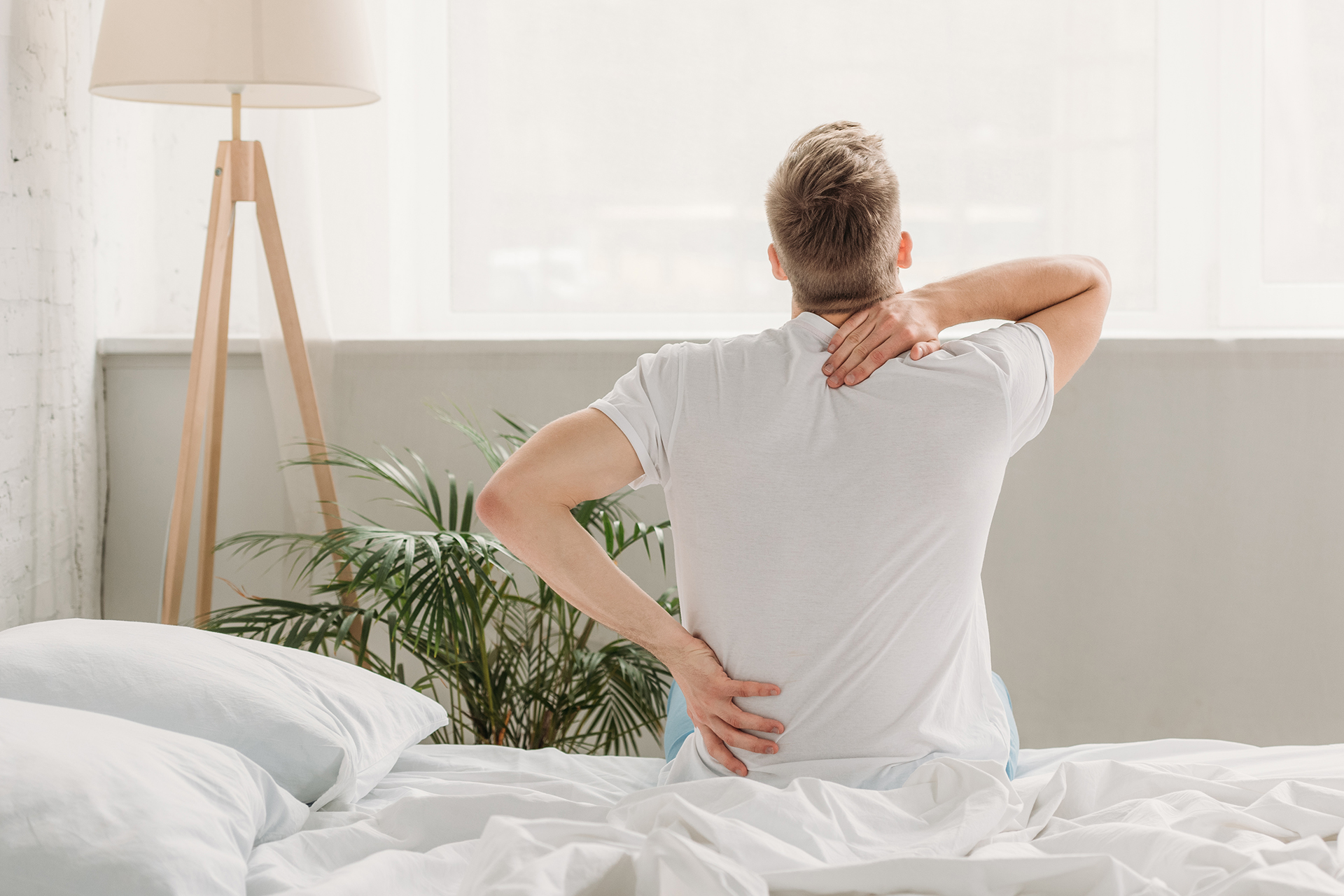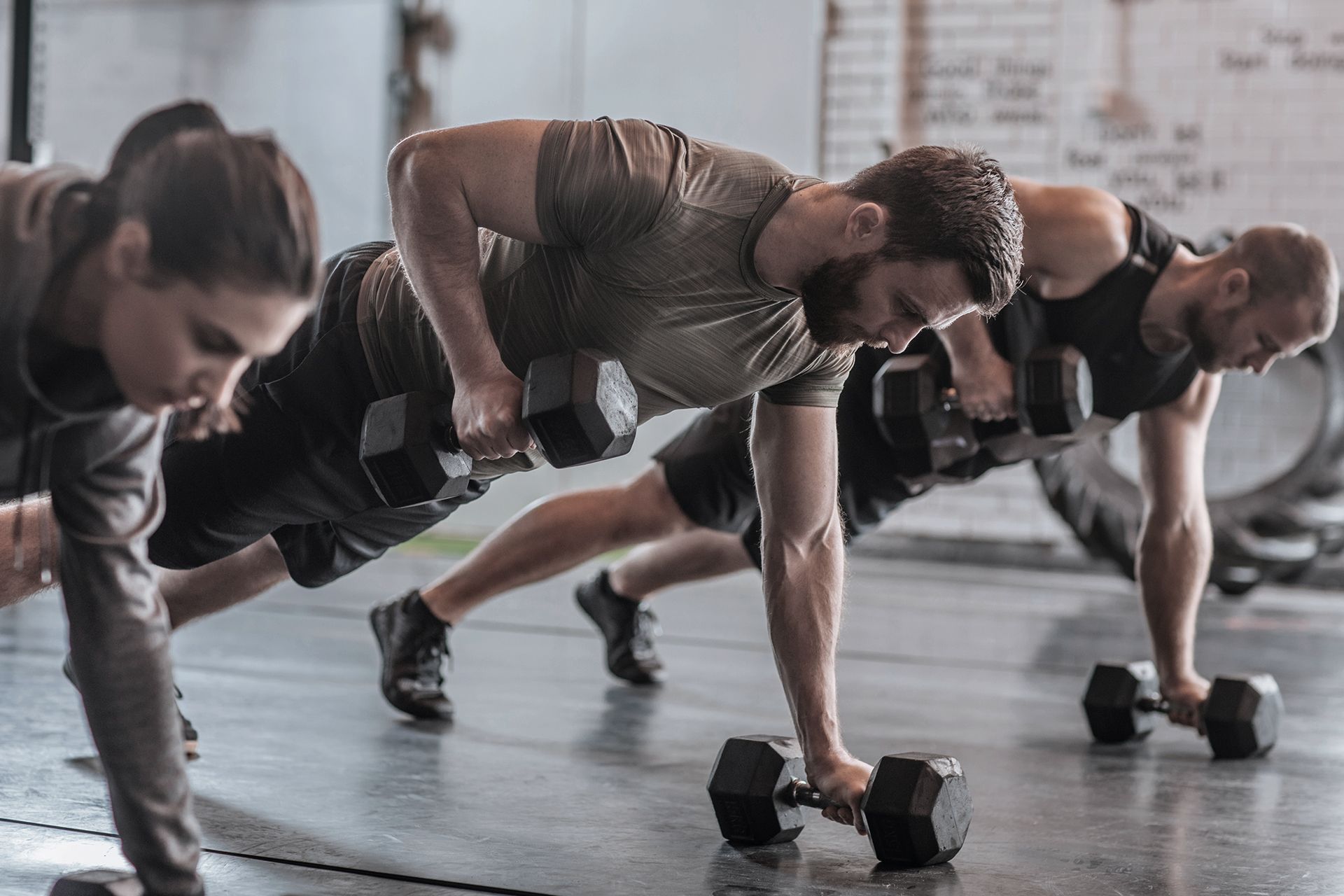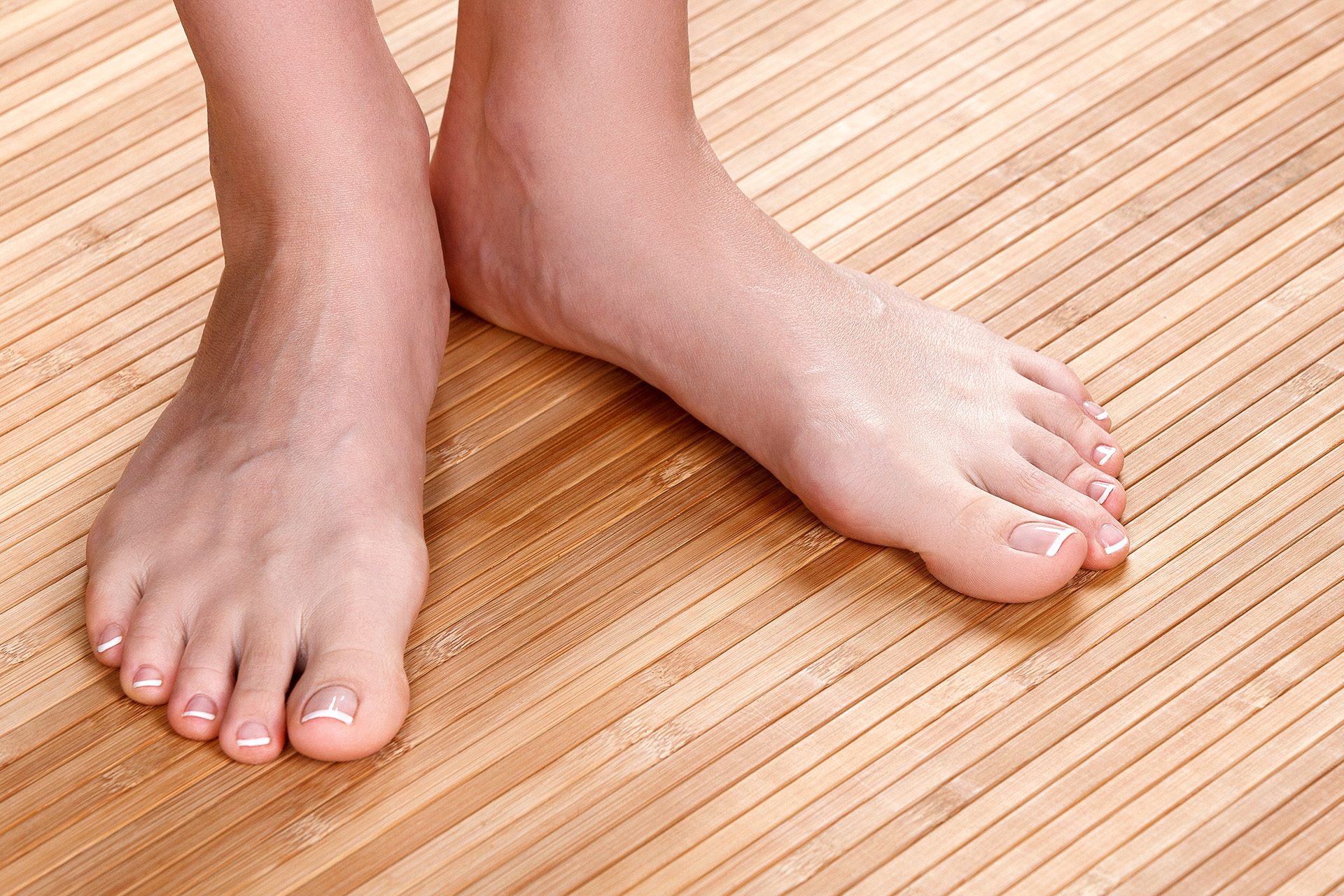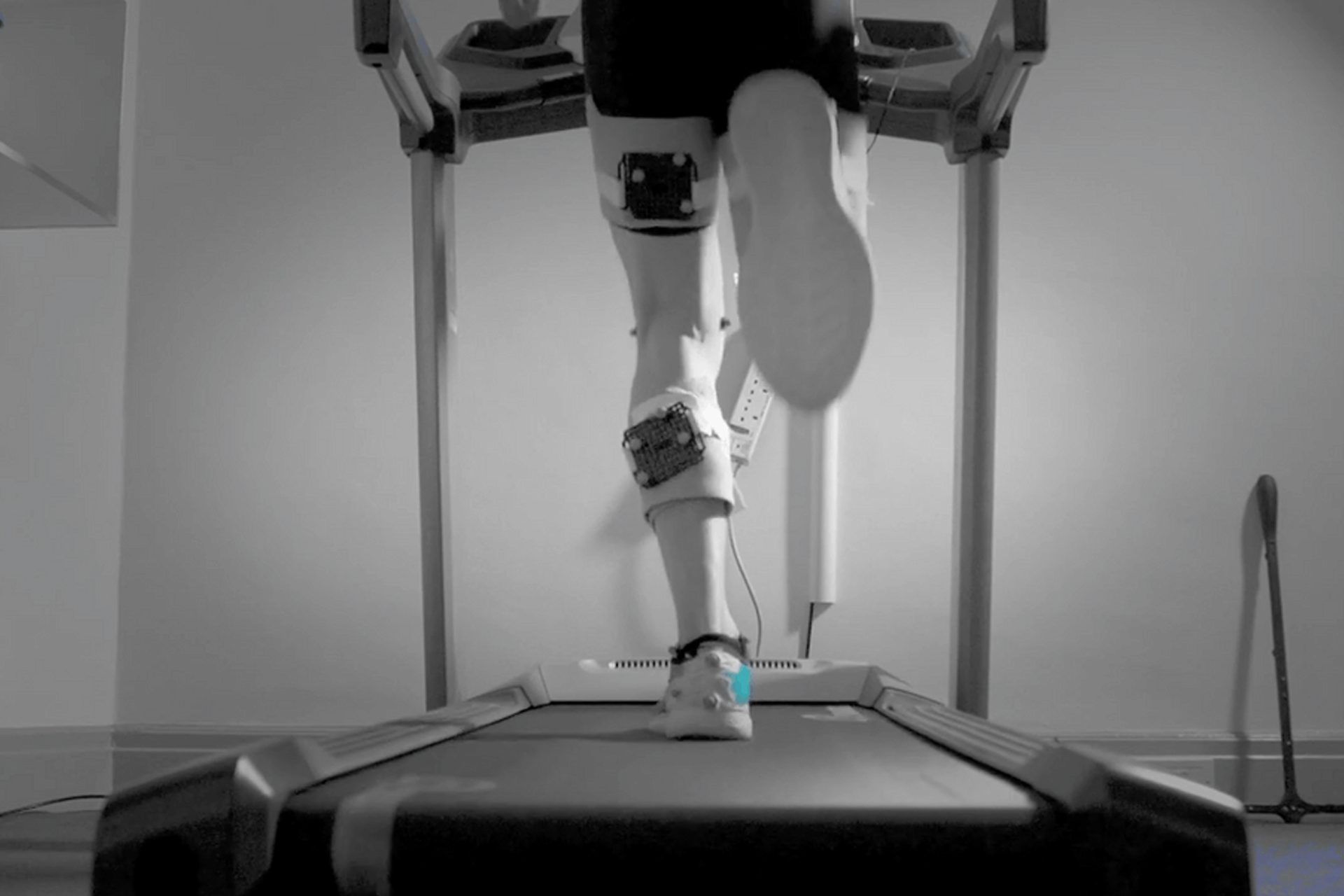Gain a deeper understanding of this relationship and uncover valuable insights to help you find relief.
How Foot Dysfunction Triggers Back Pain
Back pain is extremely common among adults and manifests in many different ways. For some, it is a slight ache in the lower back; for others, it can be quite a severe discomfort that interrupts daily activities. For these people, walking and even standing can be difficult.
What may seem like a small back pain now can grow into something debilitating. Back pain, if untended, can intensify and increase your discomfort significantly. So, if you experience back pain, it is important to trace the source of the issue quickly. A podiatrist can help you with this by restoring your biomechanical function, alleviating the symptoms of discomfort, and providing you with a good base to recover and heal.
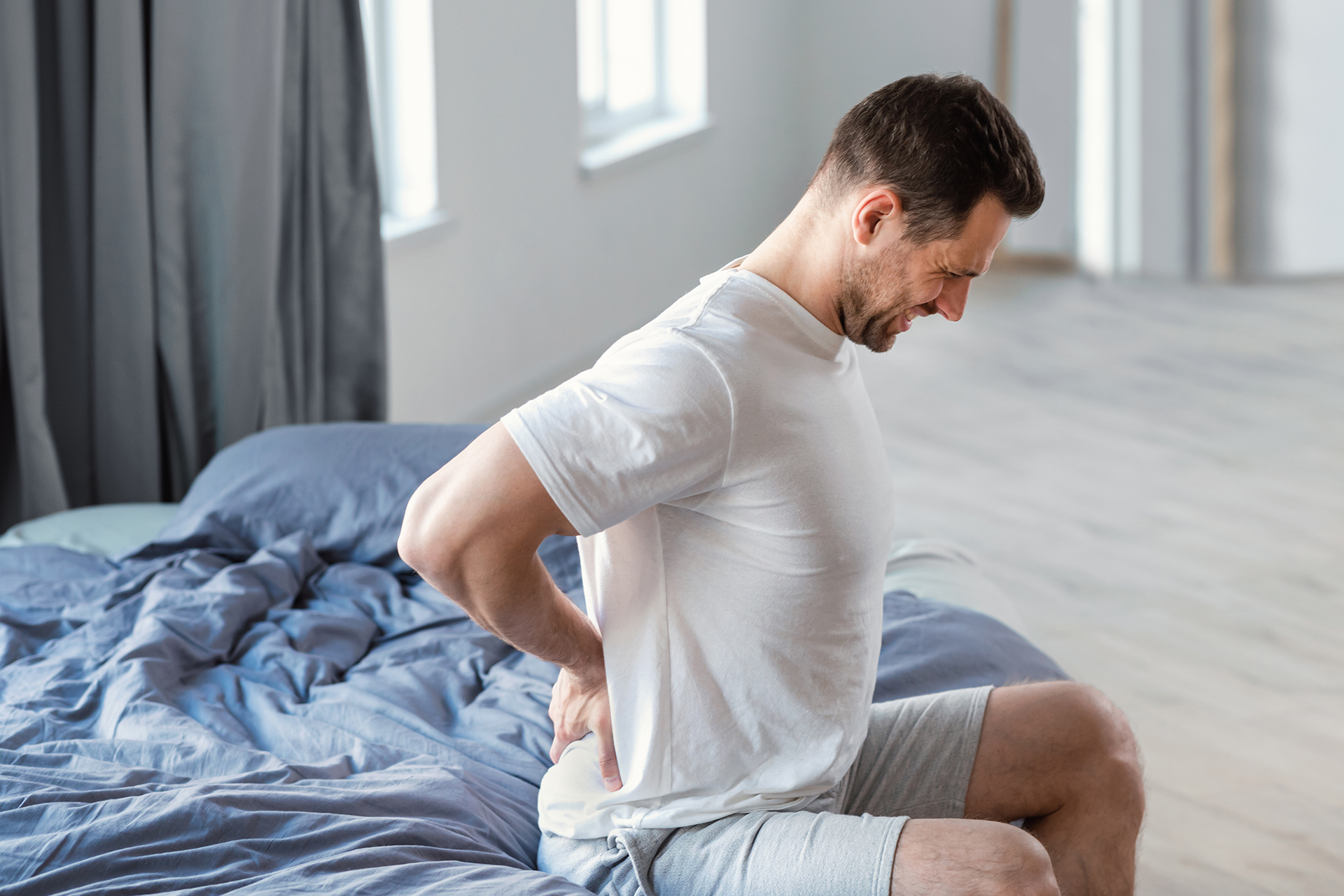
Back and foot pain can be caused by a range of factors, including injuries at home or the workplace, ill health, unnatural biomechanics, or an abnormal gait. Improper biomechanics or abnormal gaits place undue pressure on the back or spine, making simple walking difficult. For people with these problems, their pain can be alleviated without invasive surgeries. Recognising the source of the issue and restoring regular biomechanical function means altering the balance in the back, hip, knees, or feet.
Your feet are a critical part of your body’s overall architecture. Even though it may seem like they are far from your back, if your feet are not functioning properly during movement, they may not absorb the impact of each step the way they should. Over time, this can affect your body’s overall stability, forcing your back to compensate, leading to back pain and feet discomfort. This could also be the same when standing, as conditions like flat feet force the rest of the body to adjust to support you.
Biomechanics of Lower Back Pain
Mobility intrinsically relies on our lower back, leg and foot all working together in balance. Untreated lower leg injuries can vary from a minor inconvenience to a significantly debilitating condition if not promptly managed with conservative podiatric therapeutic modalities.
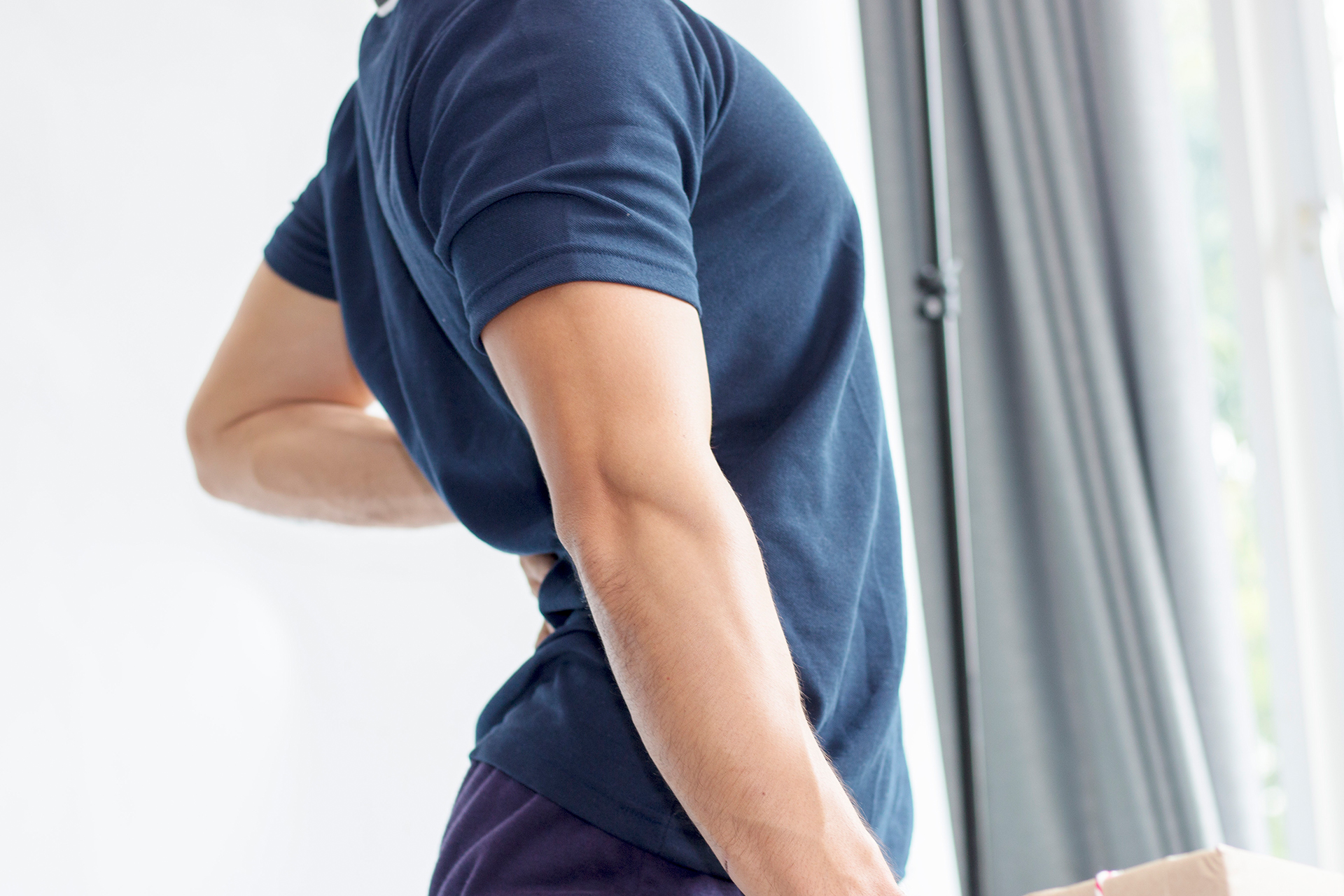
One typical example is muscle strain, where one of the muscles in the back becomes injured due to trauma or overexertion. This leads to aching pain and inflammation across the lower back. Herniated discs, on the other hand, lead to sharp pain during specific movements and potentially even numbness in the body.
Back strains or sprains are the most common form of back pain, but poor posture is also a possible cause. Poor posture causes a misalignment of the spine, leading to undue pressure in the wrong parts of the back. Poor posture often does not start in the back but starts much lower, like in the feet. People with abnormal arches in their feet may find their legs compensating to create stability, leading to misalignment problems in the back.
The Role of Our Feet in Movement
Our feet play a crucial role in movement and can significantly impact back and foot pain. Considering the incredible forces they endure during everyday activities, it becomes clear how vital feet are to our overall biomechanics. For instance, during a 1km walk, your feet bear nearly 80 tons of force, which spikes to 136 tons when running the same distance. These remarkable figures highlight the immense load our feet withstand and emphasise their critical role as the foundation of our body.
One key factor that influences foot function is pronation. Pronation refers to the natural inward rolling motion as your foot lands and absorbs the impact with each step. It helps distribute the forces evenly and facilitates proper shock absorption. However, some individuals experience abnormalities in their pronation patterns.
Overpronation happens when the foot rolls inwards excessively, while supination occurs when the foot rolls outwards too much. Both deviations from the ideal pronation can harm the body’s overall balance and mechanics, leading to increased stress on the upper body, including the back.

Additionally, the arch of the foot can contribute to back pain. The foot is naturally arched so that our feet can absorb impact and balance the body properly. If you have flat feet, meaning your arch is abnormally low, your shins and thighs twist unnaturally to accommodate. Over time, this leads to problems higher up in the structure of your body, such as your hips and back. On the other hand, feet with abnormally high arches cause the legs to bend outwards, eventually affecting the back’s curvature.
When the foot excessively pronates, supinates, or arches abnormally, it disrupts the natural alignment and distribution of forces throughout the body. This misalignment can create a chain reaction, affecting the ankles, knees, hips, and, ultimately, the back.
The altered foot mechanics force the body to compensate and adapt, leading to imbalances and increased strain on the back muscles and spine. Over time, this abnormal stress can develop or exacerbate lower back pain and swollen feet and ankles.

One of the biggest problems with back and foot pain is that it is a vicious cycle. When the body adjusts for flat feet, it affects the back. That, in turn, can cause the posture to worsen, leading to more pressure on the incorrect part of the foot. This flattens the arch further, exacerbating the issue that began this cycle. The vicious cycle is not limited to people with back pain and flat feet; it applies to high arches, plantar fasciitis, ankle stability, and other foot problems.
Can Lower Back Pain Cause Plantar Fasciitis
Lower back pain and plantar fasciitis are two separate conditions affecting different body parts. Lower back pain refers to discomfort or pain experienced in the lumbar region of the spine. At the same time, plantar fasciitis is the inflammation of the plantar fascia, a band of tissue that runs along the bottom of the foot, potentially resulting in heel pain from back problems.

There can be some indirect relationships between lower back pain and plantar fasciitis. In some cases, altered body mechanics or posture caused by lower back pain can lead to changes in gait or weight-bearing patterns. These changes can affect the distribution of forces on the feet, including the plantar fascia, and contribute to the development or aggravation of plantar fasciitis.
Furthermore, conditions like tightness in the hamstrings or hip flexors, associated with lower back pain, can indirectly influence foot mechanics and potentially contribute to plantar fasciitis.
Management of Foot Dysfunction and Back Pain
Just as there is an extensive range of foot problems, there is also a wide array of treatment options for different issues. Different treatments may help manage your specific condition depending on the severity of the condition.
If your back pain stems from flat feet, your podiatrist may recommend orthotics for your shoe. Custom-made orthoses are medical insoles designed to help restore your foot’s arch to normal function. Over time, they will help your foot return to its natural shape, help to correct your posture and alleviate your back pain.
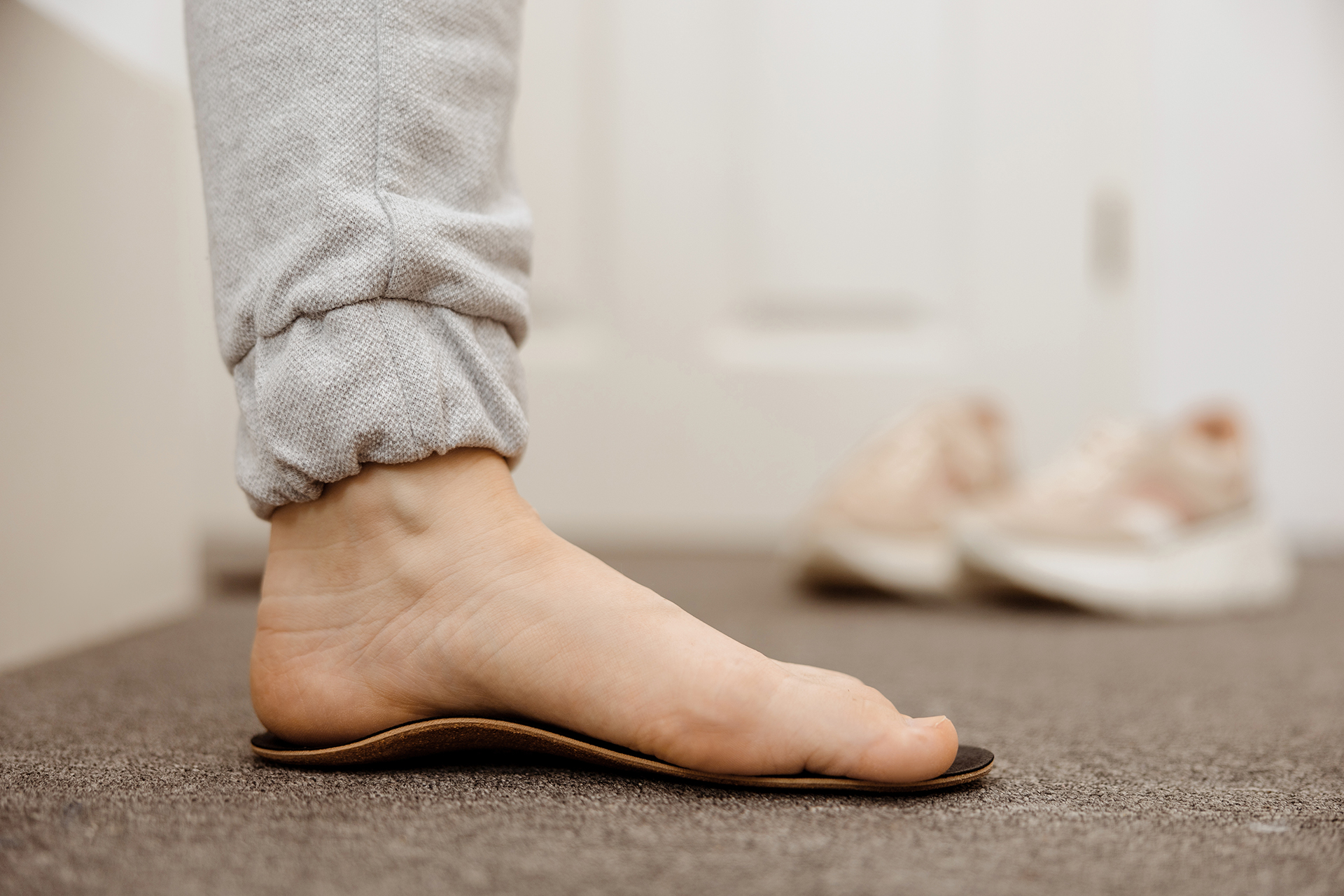
The wrong type of shoes can also, over time, affect your foot arch by not appropriately supporting your sole during movement. It can also pressure the wrong parts of your feet, leading to overpronation or supination. A worn-down sole can lead to your feet turning inwards or outwards when walking, which affects the knees, hips, and eventually back.
Sometimes, correcting your gait is as simple as visualising it in your mind. For that purpose, your podiatrist may conduct a 3D gait analysis to show you where to be more conscious when moving. Some patients may require physical therapy to build strength in parts of the foot or leg to accommodate for the accumulated muscle weakness from misuse.
Your feet are a critical part of your body’s biomechanics. They must be kept in good health if you want to keep your entire system in good order, as problems in your feet often ripple to the rest of the body. The therapeutic modality for your pain or injury depends on your back and lower limb condition. Explore more about related conditions.

